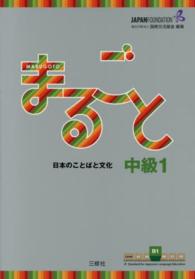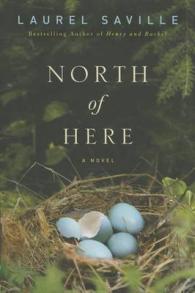Full Description
In order to interpret and implement a treaty between the Crown and Canada's First Nations, we must look to its spirit and intent, and consider what was contemplated by the parties at the time the treaty was negotiated, argues Aimée Craft. Using a detailed analysis of Treaty One - today covering what is southern Manitoba - she illustrates how negotiations were defined by Anishinabe laws (inaakonigewin), which included the relationship to the land, the attendance of all jurisdictions' participants, and the rooting of the treaty relationship in kinship. While the focus of this book is on Treaty One, Anishinabe laws (inaakonigewin) defined the settler-Anishinabe relationship well before this, and the principles of interpretation apply equally to all treaties with First Nations.
Contents
Foreword / John Borrows
Introduction: Treaty Interpretation and Implementation: Entwined Disconnection
Part One: What Came Before Treaty One
1 Skilled Negotiators and Diplomats: The Anishinabe and Indigenous, Fur Trade, and Crown Treaties
2 Manito Api — this "Piece of Land": Treaty Making with the Indians of Manitoba
Part Two: Making the Stone Fort Treaty
3 The Anishinabe at the Stone Fort: The People that Belong to this Land
4 Building on Stone Foundations: Relationships and Protocols
Part Three: Anishinabe Inaakonigewin
5 Gizhagiiwin: The Queen's Obligations of Love, Caring, Kindness and Equality among her Children
6 "The Land Cannot Speak for Itself": Relationships To and About Land
Part Four: Living the Treaty
7 Implementing the Treaty: Outside Promises and Post-treaty Disputes in the Immediate Post-treaty Years
Conclusion: Re-kindling the Fire: Finding and Embracing the Spirit and Intent of Treaty One Today
Appendix: Treaty No. 1
Endnotes; Bibliography; Index








